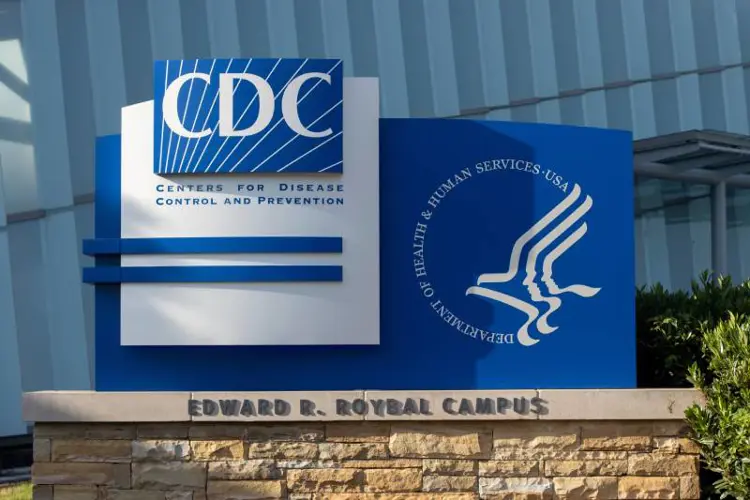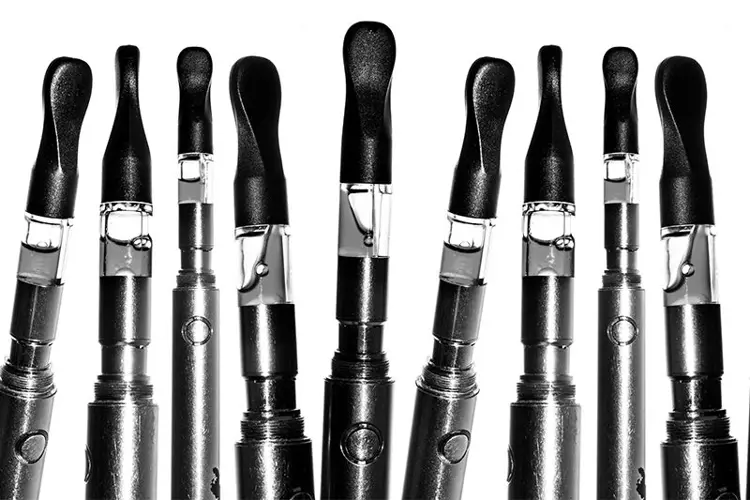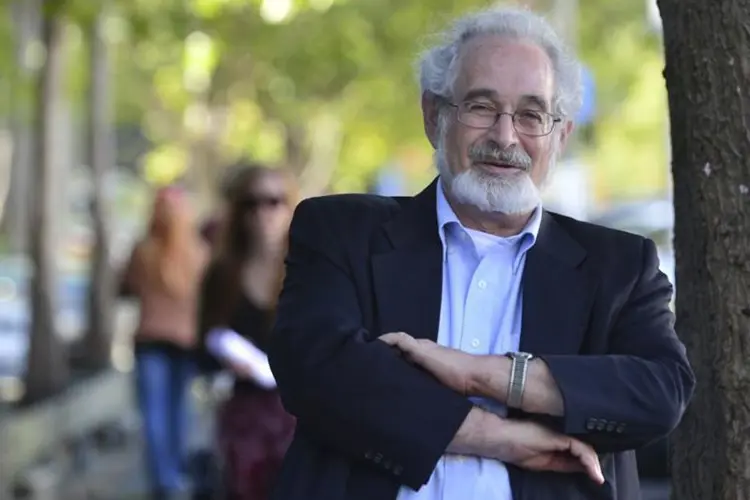Since last fall, the Centers for Disease Control and Prevention (CDC) has issued a bi-weekly update on the spread of the vaping-related lung injuries it calls “EVALI.” Now the agency has announced it will end the regular statements.
“Due to continued declines in new EVALI cases since September 2019, and the identification of vitamin E acetate as a primary cause of EVALI, today’s release is the final biweekly CDC update on the number of hospitalized EVALI cases and deaths nationally,” said the agency’s media statement. CDC will continue to update the situation “as needed” at—believe it or not—its e-cigarette information page.
The agency continues to describe the lung injuries as “e-cigarette, or vaping, product use associated lung injury (EVALI),” repeating its conflation of nicotine-based e-cigarettes with the illicit THC vape cartridgescontaminated with vitamin E acetate that are actually responsible for all of the injuries that were confirmed to be connected to specific products.
Not a single case of “e-cigarette, or vaping, product use associated lung injury” has been associated with an e-cigarette or any kind of nicotine vaping product.
As of Feb. 18, "EVALI" has injured 2,807 people, with victims identified in all 50 states, the District of Columbia, Puerto Rico, and the U.S. Virgin Islands. The CDC reports that 68 people from 29 states have died.
The agency says that the outbreak has declined because of “Increased public awareness of the risk associated with THC-containing e-cigarette, or vaping, product use as a result of the rapid public health response,” among other reasons. However, as we reported last week, CDC knew enough as early as last August to issue a far more specific public warning than it ever has.
Instead of emphasizing the particular risk of illicit THC oil products, CDC spent months confusing the public by implying that nicotine vaping might be responsible for the growing number of injured and dead cannabis oil vapers. The news media generally reported the agency’s alerts without questioning the messaging, placing a level of trust in CDC that the press would never give other federal agencies.
CDC continued to deliberately avoid the terminology of THC oil vapers throughout the crisis, and still does. Never has the agency included terms like vape carts, THC cartridges, hash oil carts, vape pens, or oil vapes. Because the messages were never geared toward the people who needed to hear them, users of black market THC carts were led to believe those products were safe. After all, THC carts are not e-cigarettes.
CDC engaged in outright deception too. We reported last year on an Aug. 23 CDC/FDA media call during which CDC Office on Smoking and Health Deputy Director Brian King laid out a remarkable theory that nicotine vaping may have been causing similar lung injuries for years, but had gone unnoticed.
“In some cases these could have occurred but now we’re monitoring in such a fashion that we are picking them up,” King told reporters. “But we have to continue with the investigation to determine if they are intended or unintended in these particular cases. We note that a variety of individuals use a number of substances, including THC, particularly young adults so we continue to investigate that as well. But the bottom line is there’s a variety of things in e-cigarette aerosol that could have implications for lung health. A review recently identified a number of adverse health effects associated with e-cigarette use. It’s possible some of these cases were already occurring but we were not picking them up. But we continue to investigate.”
The problem with King’s theory is that such injuries would have been noticed. Commercial nicotine vaping products have been used by tens of millions of people around the world for more than a decade, but never before have there been the kind of localized clusters of serious adverse effects that appeared last year.
The lung injuries didn’t occur anywhere in the world except in the United States. And rather than veteran vapers who had used the products for years—and likely had compromised lungs from years of smoking—it was primarily very young people who had vaped for only a brief time that were affected. It was painfully obvious to anyone who looked closely that CDC was abusing its credibility to make the case for nicotine vapes being a suspect in the investigation.
Now CDC is wrapping up the “EVALI” operation, closing the door on what was essentially a public health black op. Probably for the first time, the nation’s lead public health agency made no real effort during a crisis to warn the people most at risk. CDC never attempted to tailor its message to reach them.
Instead, CDC used the very avoidable deaths and injuries to smear a product and activity the agency doesn’t approve of. Dozens of lives were sacrificed to accomplish that goal—and it was successful. A poll taken last month found that 66 percent of adults believe that nicotine vaping products caused the injuries and deaths.
Writing about a previous CDC effort (in 2015) to frighten the public about nicotine vaping, risk communication expert Peter Sandman asked why public health experts would exaggerate the dangers of nicotine vaping, knowing that it might lead to a variety of unintended consequences, including the loss of the agency’s credibility and material harm to public health.
“The CDC has more credibility than activist groups. And the CDC needs more credibility than activist groups, especially when its task isn’t to warn but to reassure,” Sandman wrote. “When the CDC asserts that a particular vaccine is safe, for example, its credibility is crucial to public acceptance of that vaccine. Most people figure it’s part of an activist’s job to exaggerate risks – so activists can exaggerate without losing a lot of credibility even when they’re ‘caught.’ But if the CDC is caught exaggerating the risk of e-cigs, the damage to its reputation is likely to be greater, and the resulting damage to public health is likely to be more consequential.”
With its response to the lung injuries it named “EVALI,” CDC has abandoned its role as protector of public health, and stepped into the position of full-time anti-nicotine activist. And for the first time, we’ve seen the consequential damage an activist CDC can cause.
The Freemax REXA PRO and REXA SMART are highly advanced pod vapes, offering seemingly endless features, beautiful touchscreens, and new DUOMAX pods.
The OXVA XLIM Pro 2 DNA is powered by a custom-made Evolv DNA chipset, offering a Replay function and dry hit protection. Read our review to find out more.
The SKE Bar is a 2 mL replaceable pod vape with a 500 mAh battery, a 1.2-ohm mesh coil, and 35 flavors to choose from in 2% nicotine.
Because of declining cigarette sales, state governments in the U.S. and countries around the world are looking to vapor products as a new source of tax revenue.
The legal age to buy e-cigarettes and other vaping products varies around the world. The United States recently changed the legal minimum sales age to 21.
A list of vaping product flavor bans and online sales bans in the United States, and sales and possession bans in other countries.


















